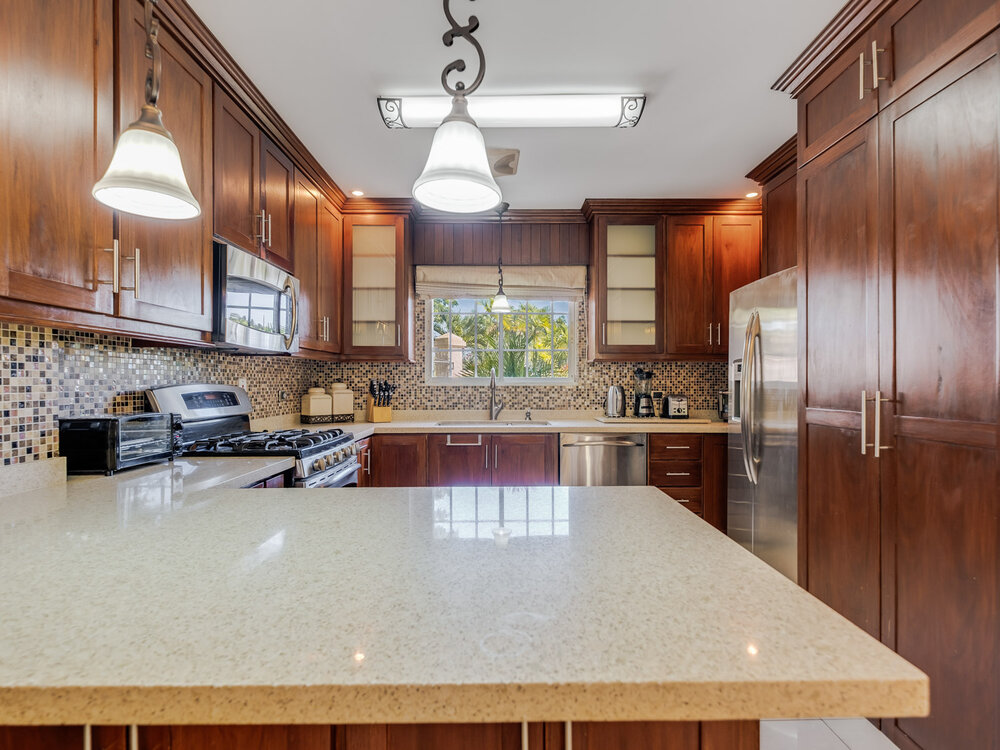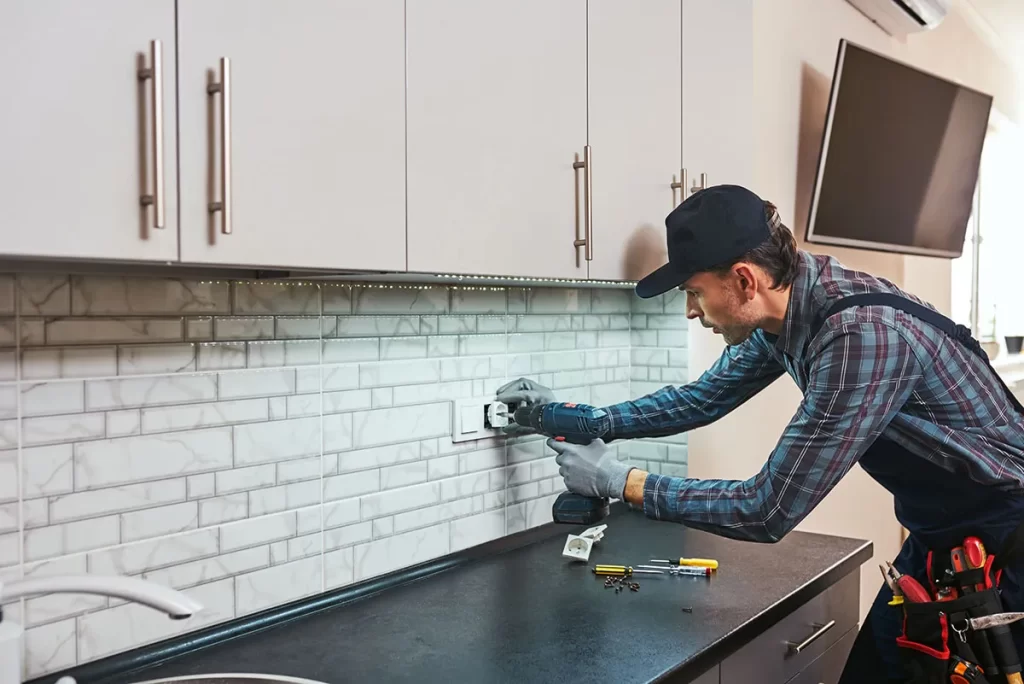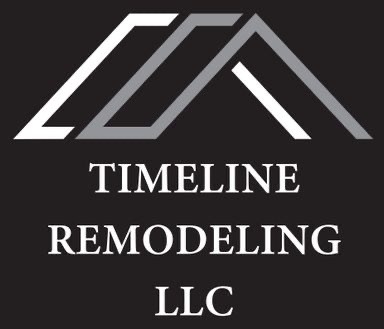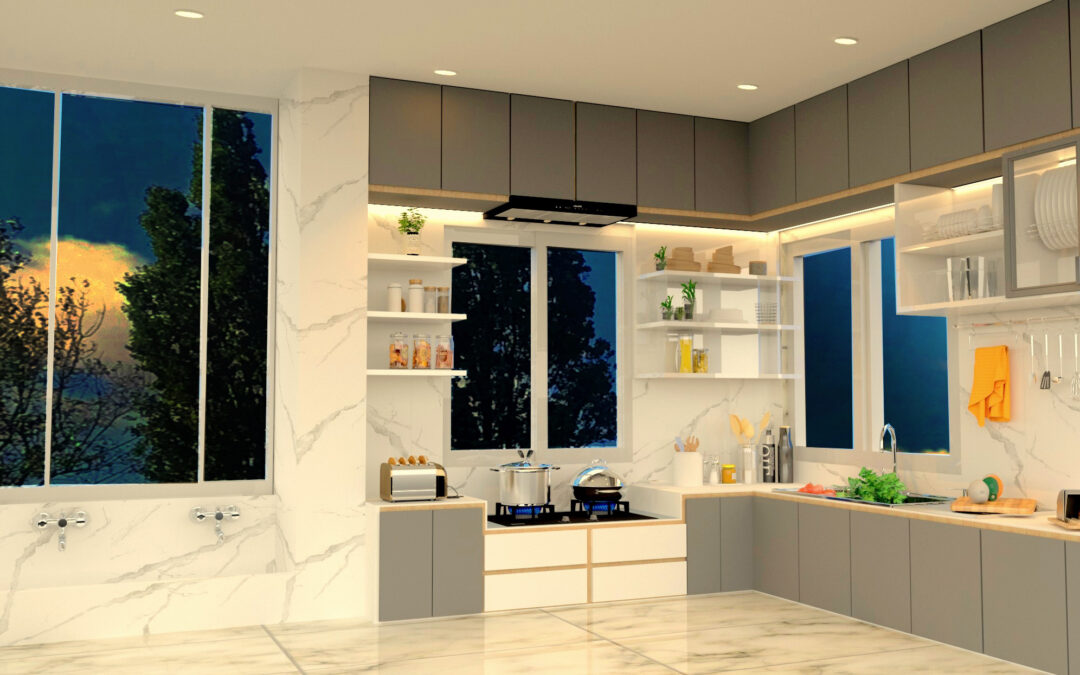A kitchen remodel offers a unique opportunity to transform your home’s most-used space into a room that’s both beautiful and functional. However, without careful planning, your dream kitchen can fall short of expectations. One of the most important aspects of a successful remodel is the layout, which determines how well your kitchen will function daily. Poor layout choices can lead to traffic jams, awkward work zones, and wasted space. In this comprehensive guide, we highlight the top 5 layout mistakes to avoid in your kitchen remodel and provide actionable advice to help you design a kitchen that’s efficient, safe, and enjoyable for years to come.
1. Ignoring the Kitchen Work Triangle
The kitchen work triangle—connecting the sink, stove, and refrigerator—has been a guiding principle of kitchen design for decades. This layout concept ensures smooth workflow by minimizing unnecessary steps between your primary work areas. Ignoring this triangle can result in a kitchen that feels disjointed and inefficient. For example, if your refrigerator is too far from your sink, washing and prepping food becomes inconvenient. The ideal work triangle should have each leg between 4 and 9 feet, with a total distance of 12 to 26 feet. Maintaining balanced spacing keeps your kitchen functional and reduces fatigue during cooking tasks. Ignoring this fundamental principle can leave you frustrated and make meal prep a hassle rather than a joy.
2. Overlooking Proper Clearance and Walkways
While it’s tempting to focus on the aesthetics of new cabinets, countertops, and appliances, clearance space is just as crucial for a well-functioning kitchen. Proper clearance allows for safe, easy movement within the kitchen and prevents obstacles that make the space feel cramped. Kitchen walkways should be at least 36 inches wide, and work areas should allow for 42 to 48 inches of clearance if multiple cooks are working together. Without enough clearance, doors can hit each other, drawers may not open fully, and people may struggle to move freely, especially during busy cooking sessions. Prioritizing clearance ensures your kitchen remains comfortable and accessible, preventing daily inconveniences that can quickly become major frustrations.
.
3. Poor Placement of Appliances
Placing appliances without considering their interaction with surrounding elements is a common mistake that can disrupt workflow and safety. For example, putting your oven or cooktop right next to the refrigerator can create heat transfer issues and limit prep space. Similarly, positioning the dishwasher too far from the sink makes loading and unloading cumbersome. It’s also risky to place cooking appliances in high-traffic areas where people frequently pass through, increasing the chance of accidents. Thoughtful appliance placement ensures your kitchen is not only efficient but also safe. Plan your layout so that appliances are grouped logically, with ample counter space nearby for prep and unloading. This approach makes daily kitchen tasks smoother and helps prevent unnecessary wear and tear on your appliances.
4. Not Enough Counter Space
Counter space is one of the most critical factors in kitchen functionality, yet many homeowners underestimate how much they truly need. Insufficient counter space can make everything from prepping meals to serving food feel cramped and frustrating. You should have counter space next to major appliances like your stove, sink, and refrigerator to facilitate efficient workflow. Adding a kitchen island or peninsula can dramatically increase your workspace, providing extra room for chopping, assembling dishes, and even casual dining. If space is tight, consider options like pull-out countertops or wall-mounted drop-leaf tables to maximize every inch. Prioritizing counter space not only enhances your kitchen’s practicality but also makes it a more enjoyable place to cook and gather.
5. Poor Lighting Plan
Lighting is essential for creating a kitchen that’s both functional and inviting, yet it’s often overlooked during remodel planning. Many homeowners rely solely on a single overhead fixture, which can leave work areas dim and unsafe. A well-designed lighting plan includes ambient lighting for general illumination, task lighting for focused work areas, and accent lighting to highlight design features. Under-cabinet lighting is particularly effective for brightening countertops, making tasks like chopping and reading recipes easier and safer. Installing dimmer switches allows you to adjust the lighting based on the time of day and your activities, adding versatility to your space. A layered lighting plan not only improves functionality but also enhances the overall atmosphere, turning your kitchen into a warm, welcoming environment.
Other Common Kitchen Layout Mistakes to Watch For
Beyond the top 5 mistakes, several other layout pitfalls can impact your kitchen remodel’s success. Being aware of these additional issues ensures a kitchen that is both efficient and comfortable for the long haul.
Neglecting Ventilation Needs
Ventilation is essential for maintaining air quality and removing odors, grease, and moisture that accumulate during cooking. A range hood that’s too small or improperly vented won’t effectively clear the air, leading to lingering smells and even mold growth over time. It’s important to select a ventilation system that matches the power of your cooktop and is vented to the outside rather than just recirculating air. A well-functioning range hood also protects your cabinetry and walls from grease buildup, helping your kitchen stay cleaner and healthier.
Improper Island Placement
A kitchen island is a sought-after feature, but improper placement can do more harm than good. If the island is too large or too close to other fixtures, it can block essential pathways and disrupt the kitchen’s flow. Islands should enhance the workspace, not hinder movement. Be sure to maintain at least 42 inches of clearance around all sides of the island to allow for comfortable circulation. Consider your kitchen’s size and layout carefully to determine whether an island is practical—or whether a peninsula or cart-style island might be a better fit.
Forgetting About Trash and Recycling Areas
An often-overlooked aspect of kitchen design is where to place trash and recycling bins. Without a dedicated spot, you may end up with bins awkwardly positioned in corners, cluttering your space and interrupting the design flow. Incorporate a built-in pull-out trash and recycling center into your cabinetry plan to keep waste hidden and accessible. This small design element makes a big difference in keeping your kitchen organized, clean, and functional.
Lack of Electrical Outlets
Modern kitchens rely on a variety of small appliances, from blenders and coffee makers to stand mixers and slow cookers. Without adequate electrical outlets, using these appliances becomes inconvenient. Plan for plenty of outlets along your countertops, inside drawers or cabinets, and even in your island. Consider installing outlets with USB ports for charging devices. Planning ahead for ample power access ensures that your kitchen remains versatile and prepared for all your cooking and tech needs.
.
Ignoring Future Needs
It’s important to design your kitchen not just for today’s needs but for the future as well and you have to avoid layout mistakes. Think about how your household might change in the coming years—whether you’ll need more space for a growing family, additional storage, or accessibility features for aging in place. Future-proofing your kitchen by planning flexible layouts and adaptable design elements can save you from costly renovations down the road and ensure your space continues to meet your evolving needs.
Final Thoughts: Build a Layout That Works for You
A successful kitchen remodel blends style, comfort, and functionality into a cohesive design. Avoiding layout mistakes such as an inefficient work triangle, poor clearance, and inadequate lighting ensures that your kitchen will serve you well every day. Remember, your kitchen is more than just a place to cook—it’s the heart of your home. Thoughtful planning and attention to detail are key to creating a space that enhances your lifestyle and adds long-lasting value. Take your time, work with experienced professionals, and make decisions that align with your needs and vision.
Contact Timeline Remodeling
Timeline Remodeling is your go-to partner for creating kitchens that are not only stunning but also exceptionally well-designed. Our expert team works closely with you to develop a layout that enhances efficiency, safety, and beauty. From initial design concepts to the finishing touches, we are dedicated to making your kitchen remodel a smooth, rewarding experience without any layout mistakes. Trust us to help you avoid common mistakes and bring your dream kitchen to life with precision and care.
📞 Phone: (732)-322-3827
📧 Email: timelineremodelingllc@gmail.com
📍 Address: 6 Industrial Rd, Pequannock Township, NJ 07440
🌐 Website: timelineremodeling.com

